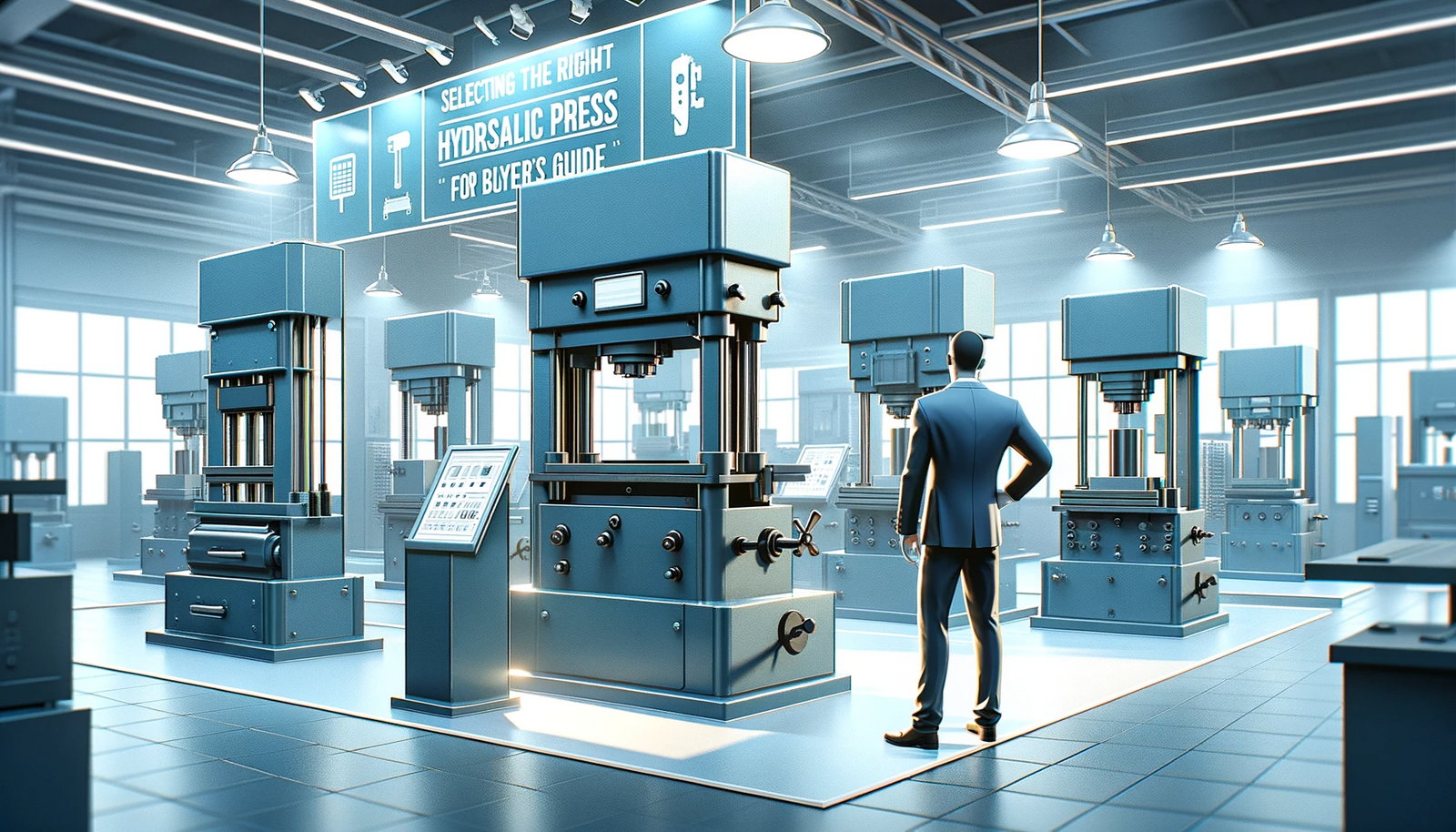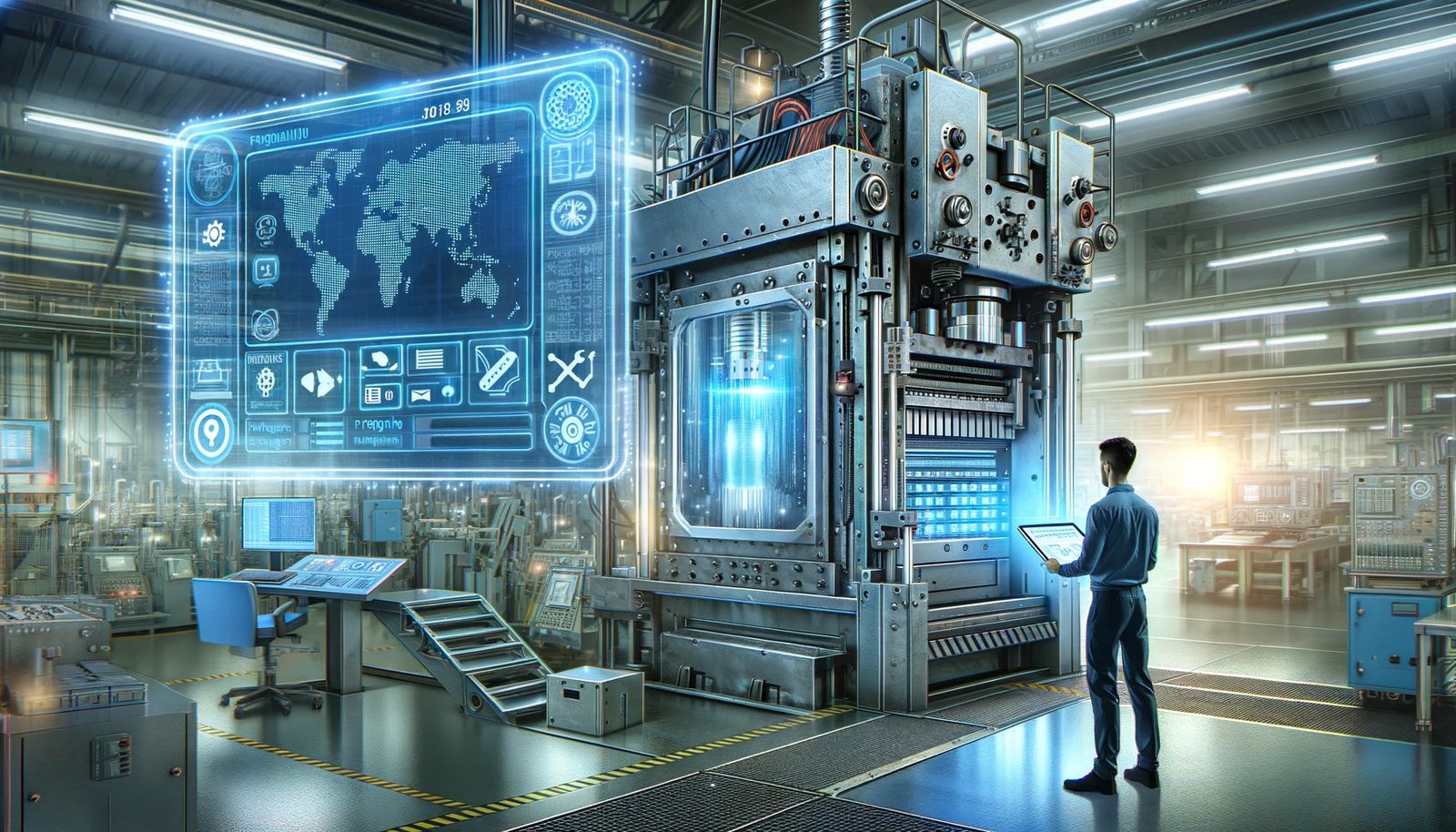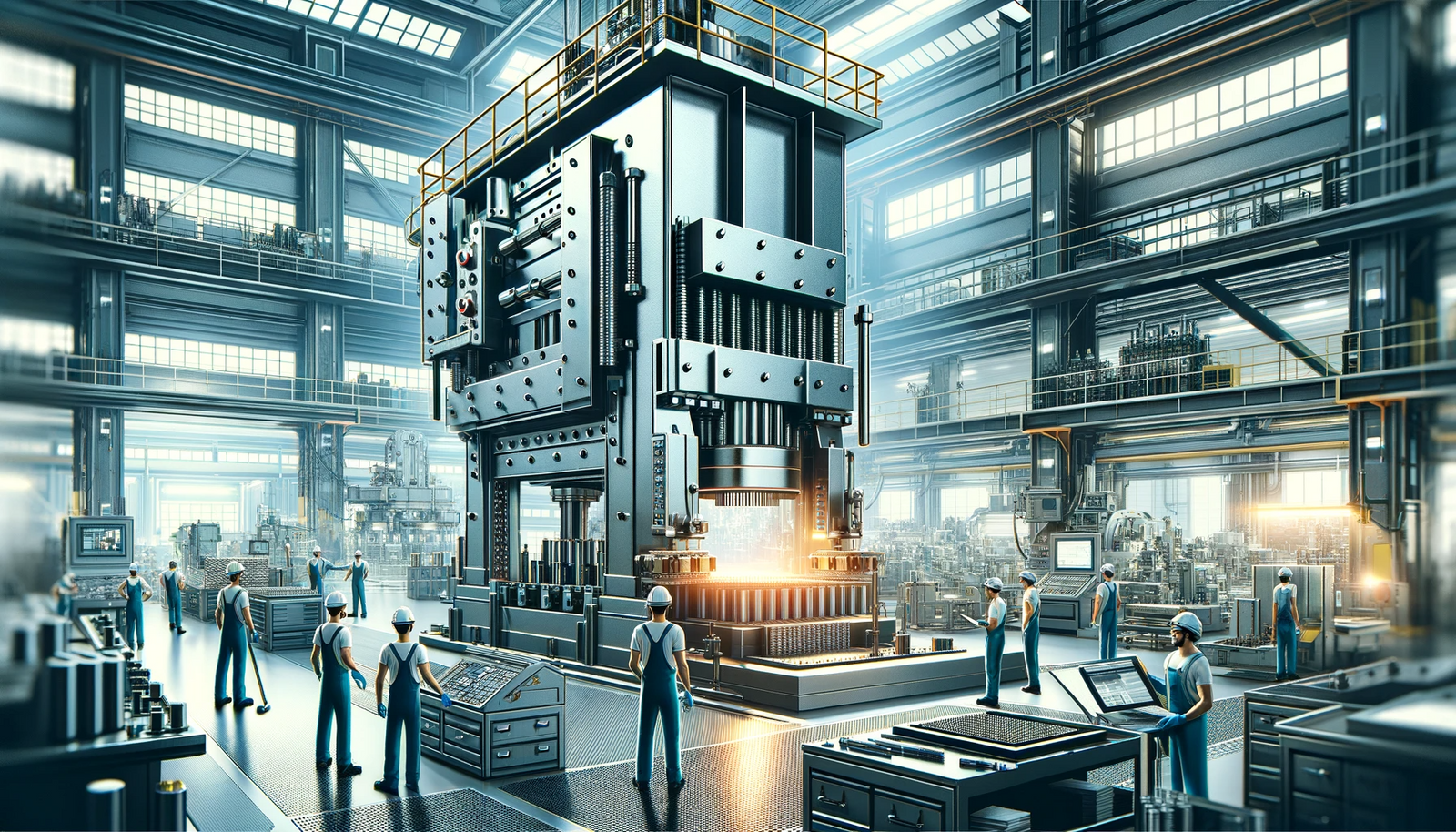The world of metalworking and fabrication, a cornerstone of modern industries, is undergoing a significant transformation. The catalyst for this change? The integration of Artificial Intelligence (AI) and Machine Learning (ML) technologies. These advancements are not just buzzwords; they are revolutionizing the way metal products are designed, produced, and maintained. From optimizing production processes to enabling predictive maintenance and enhancing quality control, AI and ML are setting new standards in efficiency and precision.
Optimizing Production Processes
One of the most significant impacts of AI in metalworking is seen in the optimization of production processes. Traditional methods, often dependent on manual settings and human oversight, are giving way to smarter, AI-driven systems. These systems can analyze a plethora of data, from material properties to environmental conditions, and adjust machinery settings in real-time for optimal performance. For example, in welding operations, AI algorithms can determine the perfect combination of speed, temperature, and materials, reducing waste and improving output quality.
Beyond the shop floor, AI extends its benefits to supply chain management and inventory control. By predicting demand trends and monitoring stock levels, AI-enabled systems ensure that resources are used efficiently, leading to significant cost reductions and minimal waste. This proactive approach in managing resources exemplifies how AI can create a leaner, more responsive production environment.
The Power of Predictive Maintenance
Another area where AI and ML are making substantial inroads is in predictive maintenance. Traditional maintenance schedules in metalworking are often time-based or reactive, leading to either unnecessary maintenance or unexpected downtimes. Predictive maintenance, powered by ML algorithms, changes this paradigm by forecasting equipment failures before they happen.
By continuously monitoring equipment performance and using historical data, these algorithms can predict when a machine is likely to fail or require maintenance. This foresight allows for maintenance to be scheduled during non-critical production periods, minimizing disruption and extending the life of the equipment. The cost savings here are twofold: reduced downtime and lower maintenance expenses. Real-world applications in heavy industries have shown how predictive maintenance can lead to a significant reduction in unplanned downtime, directly boosting productivity and profitability.
Revolutionizing Quality Control
In metalworking, quality control is paramount. The integration of AI in this domain is revolutionizing how quality is monitored and maintained. Traditional quality control methods, often labor-intensive and prone to human error, are being replaced by AI-driven systems that offer greater accuracy and consistency.
One of the most exciting developments is the use of image recognition technologies. These systems, powered by ML algorithms, can inspect and analyze products at various stages of production, identifying defects that might be invisible to the human eye. For instance, in sheet metal fabrication, AI systems can quickly scan a product for any irregularities or deviations from the desired specifications. This not only ensures a high-quality end product but also reduces waste and rework, leading to more efficient production lines.
Navigating Challenges and Looking Ahead
Despite the clear benefits, the integration of AI and ML in metalworking is not without challenges. The most significant of these is perhaps the initial investment required for setting up intelligent systems. Additionally, there's a growing need for skilled personnel who can operate and maintain these advanced systems.
However, the future looks promising. As technology advances and becomes more accessible, we can expect AI and ML to become more deeply ingrained in every aspect of metalworking and fabrication. The potential for further advancements is vast, with possibilities like fully automated production lines and even more sophisticated predictive algorithms on the horizon.
Conclusion
The integration of AI and ML into metalworking and fabrication is more than just a technological upgrade; it's a paradigm shift. This shift is enabling industries to achieve unprecedented levels of efficiency, quality, and reliability. By embracing these technologies, businesses in metalworking can not only improve their current operations but also pave the way for future innovations. The journey into this new era of industrial manufacturing is just beginning, and the possibilities are as vast as our imagination.





